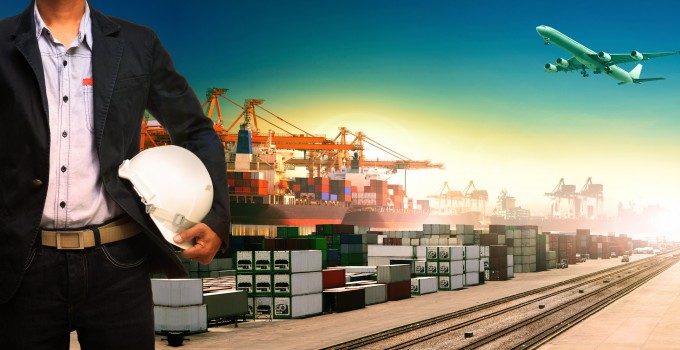Kuehne + Nagel and ABB expand long-term collaboration in Chile
PRESS RELEASE Kuehne + Nagel and ABB expand long-term collaboration in Chile Santiago, CL, 06 August 2025 – ...

While many investors and financial analysts have their eyes on Kuehne Nagel’s (K+N) interim results, due to be published tomorrow, I’m still digesting the remarks of Klaus-Michael Kuehne, K+N’s honorary chairman and majority shareholder, following the recent rumours that CMA CGM had talked M&A with Hapag-Lloyd.
Mr Kuehne, who is personally invested in Hapag, reportedly said “Hapag-Lloyd would rather take over CMA CGM”, than the other way around.
And Hapag chief executive Rob Habben Jansen dismissed the market reports as speculation, adding he did ...

Comment on this article
Alan
July 22, 2018 at 6:24 pmIn a way it would be similar to the strategy that Maersk is currently pursuing, by integrating Damco, Terminals and Maersk Line.
But is there any reason why the forwarders need to give up their asset lite, high ROCE business model, to own all these assets? It seems to me that such a strategy will take many years, and a lot of further consolidation to pay off, and risks totally destroying profitability in the meantime, with no certainty of success.
Perhaps this is a necessary step to protect themselves from Amazon, but it is pretty risky to trash your whole business, in the hope of emerging with a credible business model in 5-10 years.
Ale Pasetti
July 24, 2018 at 6:34 amThat’s right, Alan, but relationships play a big part here, and nonetheless K+N, in its current form, runs the risk of destroying value for years to come. Its stock is only ~ 15% higher than seven years ago, ex dividends. Also, with Hapag it could boost ROE with more leverage, although looking at one single metric is seldom a good way to look at a business, and the same applied to ROCE. Btw, I have a follow-up column coming up later this week, where, alternatively, I argue in favour of horizontal integration for K+N… your feedback would be gratefully received. Best, A.